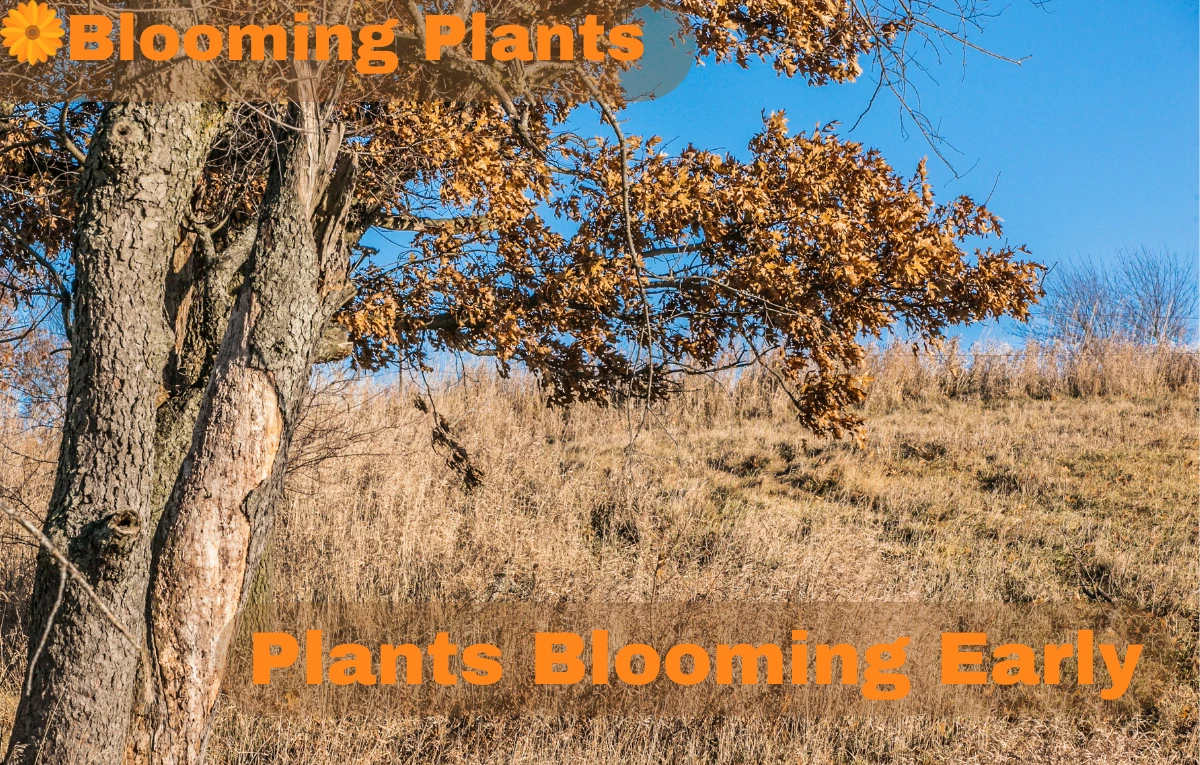Have you noticed flowers and plants blooming earlier than expected? This phenomenon has puzzled gardeners, ecologists, and farmers alike. Early blooming may seem harmless, but it carries significant implications for ecosystems, agriculture, and even backyard gardens. In this comprehensive guide, we’ll explore the causes, impacts, and practical solutions for plants blooming early, offering valuable insights for plant enthusiasts and professionals.
Climate Change and Its Role in Early Blooming
Rising Global Temperatures
Global warming has caused shifts in seasonal cycles. Warmer winters and earlier springs disrupt plant growth, leading to premature blooming. For example, cherry blossoms in Japan bloomed a record 10 days earlier in 2021 due to unusually high temperatures.
Erratic Weather Patterns
Unpredictable weather—such as early thaws followed by frosts—confuses plants. They misinterpret warm spells as spring and begin blooming prematurely.
Urban Heat Islands
Cities retain heat, creating microclimates that accelerate plant growth and blooming. This phenomenon is particularly noticeable in urban gardens.
Photoperiod and Plant Behavior
Misaligned Daylight Cues
Plants rely on daylight duration to time their blooming. Climate change and artificial lighting can disrupt this natural rhythm.
The Impact of Artificial Lighting
Streetlights and urban lighting often cause ornamental plants like tulips to bloom early, affecting their natural cycles.
Species-Specific Responses
Certain species, such as daffodils and crocuses, are more sensitive to photoperiod changes and bloom earlier in response.
Human Activities Influencing Blooming
Overuse of Fertilizers
Excessive fertilization stimulates growth, often leading to early blooming. This practice is common in ornamental gardening.
Irrigation Mismanagement
Overwatering during dormant seasons can trick plants into blooming prematurely.
Landscaping Practices
Landscaping techniques, such as pruning and soil amendments, can inadvertently accelerate plant growth.
Ecological Consequences of Early Blooming
Pollinator-Plant Mismatches
Early blooming disrupts the synchrony between plants and pollinators, reducing pollination success and threatening biodiversity.
Competition Among Species
Native plants that bloom early may outcompete others, altering local ecosystems and reducing biodiversity.
Habitat Changes
Early blooming can lead to shifts in habitat conditions, affecting other organisms dependent on plants.
Agricultural Impacts of Early Blooming
Reduced Crop Yields
Crops like apples and wheat often produce smaller yields when blooming occurs prematurely.
Financial Losses for Farmers
Farmers face increased costs for frost protection and replanting when crops bloom early.
Vulnerability to Pests
Premature blooms can attract pests earlier in the season, compounding challenges for farmers.
Identifying Early Blooming Plants
Visual Indicators
Signs of early blooming include bud formation during winter and flowers appearing ahead of schedule.
Commonly Affected Species
Plants like daffodils, cherry trees, and magnolias are prone to early blooming due to environmental changes.
Monitoring Techniques
Gardeners can use temperature sensors and phenological tracking to monitor blooming patterns.
Mitigating Early Blooming in Gardens
Planting Native Species
Native plants are better adapted to local climates and less likely to bloom prematurely.
Using Mulch
Mulching helps regulate soil temperature, preventing early growth triggers.
Adjusting Watering Practices
Avoid overwatering during dormant periods to prevent premature blooming.
Supporting Pollinators Amid Early Blooming
Plant Diversity
Grow a variety of plants to provide year-round food sources for pollinators.
Avoiding Pesticides
Minimize pesticide use to protect pollinators essential for plant reproduction.
Creating Pollinator Habitats
Install bee hotels and butterfly gardens to support pollinator populations.
Leveraging Technology for Plant Health
Temperature Monitoring Devices
Soil temperature sensors alert gardeners to potential risks of early blooming.
Gardening Apps
Apps like GrowIt offer tips and tools for managing plant growth effectively.
Predictive Modeling
AI-driven models can forecast blooming patterns, helping gardeners plan accordingly.
Conservation Efforts to Address Early Blooming
Reforestation Projects
Planting trees helps stabilize local climates, reducing extreme temperature fluctuations.
Community Gardening Initiatives
Local gardens foster awareness and sustainable practices to mitigate early blooming.
Education and Advocacy
Raising awareness about climate impacts on plants encourages collective action.
Research and Innovation in Plant Science
Developing Resilient Varieties
Scientists are working on genetically modified plants that can withstand climate-induced stress.
Advanced Phenological Studies
Research into plant behavior provides insights into adapting to changing conditions.
Collaboration Between Sectors
Partnerships between scientists, farmers, and policymakers drive innovative solutions.
The Future of Gardening Amid Climate Change
Sustainable Practices
Adopting eco-friendly gardening techniques can mitigate the effects of early blooming.
Climate-Resilient Landscapes
Designing gardens with climate-resilient plants ensures long-term sustainability.
The Role of Individuals
Every gardener’s efforts contribute to a collective response to environmental challenges.
Conclusion
Plants blooming early is a multifaceted issue with ecological, agricultural, and personal implications. By understanding its causes and impacts, and by implementing practical solutions, we can adapt to these changes and create a sustainable future for our gardens and ecosystems. What steps will you take to address early blooming in your garden? Share your thoughts below!

